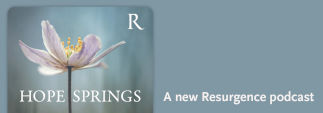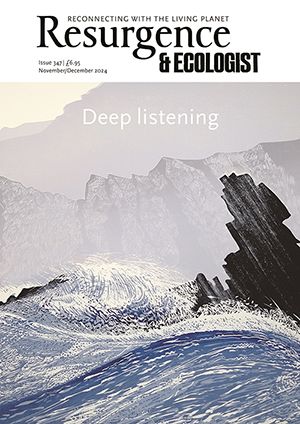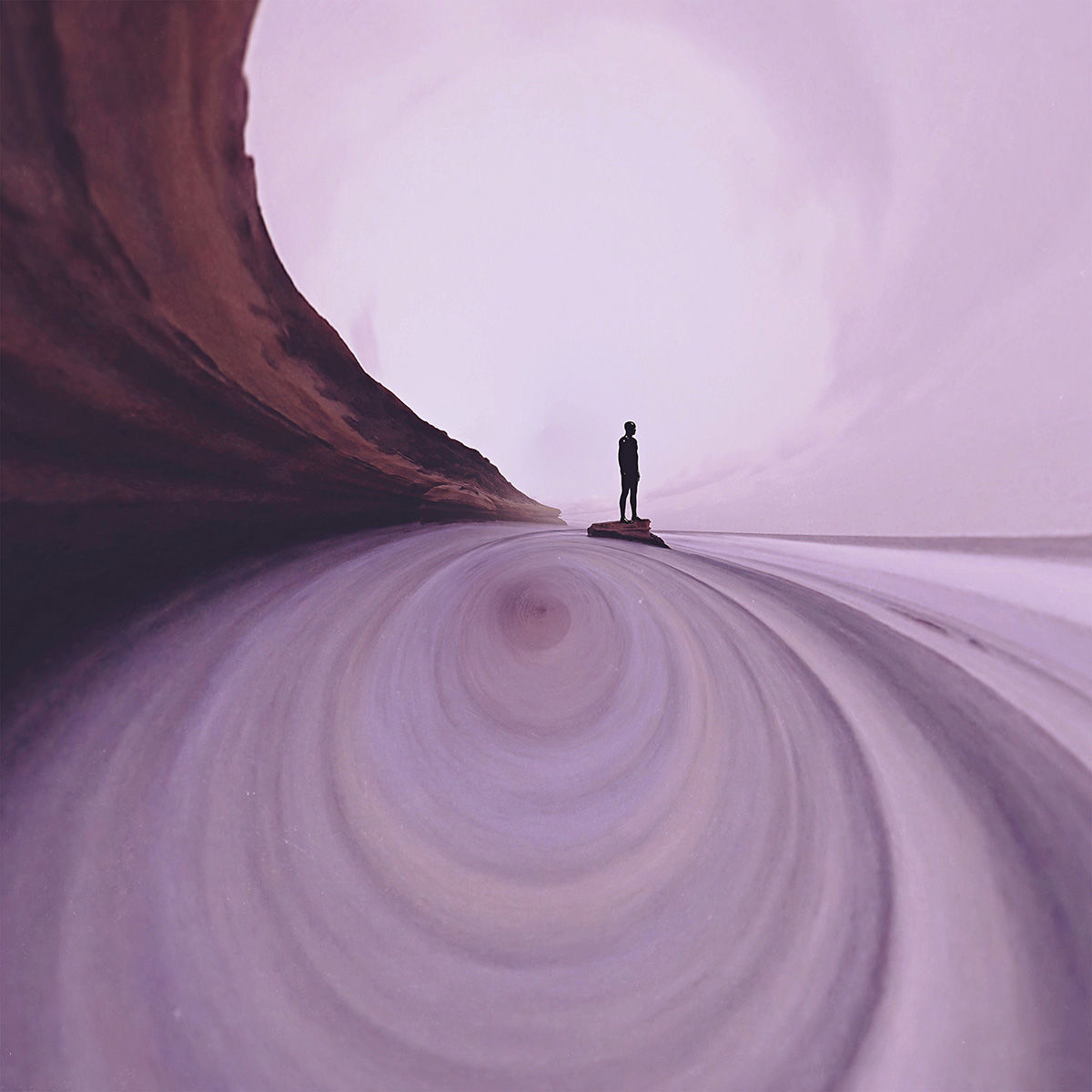‘Hope’ is the thing with feathers –
That perches in the soul –
And sings the tune without the words –
And never stops – at all –
– Emily Dickinson
There is a wonderful scene in the 1997 film The English Patient where Captain Kip, a Sikh bomb disposal expert, takes Hana, a Canadian nurse, to an Italian baroque church, on the back of his motorbike. The two have recently fallen in love amid the desolation and brokenness of the concluding months of the second world war. (After a series of tragedies, Hana has decided not to return to Canada but rather to stay in Italy to nurse László, the ‘English patient’.)
On arrival in the church, where Kip has set up a harness on some bell ropes and brought a flare, Hana – beautifully played by Juliette Binoche – is lofted into the heights amid flurries of laughter and excitement, as the church’s Renaissance frescoes (which in fact are Piero della Francesca’s True Cross cycle from the church of San Francesco in Arezzo) become illuminated by the flare. The music – a moving Bachian melody with orchestra – soars. Hana’s delight is evident. Kip rejoices in her happiness, moving the ropes from below as Hana swishes from one fresco to the next. The light streams in.
It is a wondrous scene, one of those great moments in cinema, as in life, when time stands still, or, as Oscar Wilde wrote, when “all life comes crowding into a single hour.” And it is one of those moments when the beauty of the human condition and experience – our capacity for love and moral action – comes to the fore. In the context of the film, the horrors of the war are briefly forgotten, and the two protagonists are united in their love for each another. The scene, ultimately, speaks of hope.
I have found it incredibly hard to feel hopeful of late, notwithstanding a naturally hopeful disposition, and a long-held moral and philosophical commitment to the kind of dogged hope that authors such as Rebecca Solnit argue is our duty. The situation in the world has simply felt too bleak and too unrelenting.
The tragedy under way in Israel and Palestine – now threatening to engulf the entire region – has cast me into a dark despair and made me now question whether, amid such horror and animosity on all sides, there is any hope of a future peaceful settlement that honours the history and experience of both sides (although perhaps it is in the midst of such despair that the seeds of peace might one day be sown). The conflict in Ukraine brought about by Vladimir Putin’s invasion is another cause for deep concern. Famine has broken out in Sudan due to a protracted civil and political conflict made worse by deeply immoral meddling from regional powers such as the UAE. Conflict continues to be protracted in the DRC, including on its border with Rwanda, with some areas described to me by a colleague in the region as being “like the gates of hell”.
Layered across these human tragedies, as well as others such as the plight of migrants making dangerous crossings through Central America to the US or indeed across the Channel from France to the UK, we can of course add the continuing climate and Nature crises, which have shown no signs of abating, notwithstanding many efforts around the world to try to chart a better course.
In summary, it has been a very challenging and dispiriting time in many ways, and in fact it may seem impossible to feel otherwise until there is a cessation of hostilities in the Middle East, an end to the war in Ukraine, and a political settlement in Sudan and the DRC. Nor can we rest until the fragility and inequality that drive migration flows are comprehensively addressed. And we will only be able to be at peace too if we know that the climate is stabilising, and that we have somehow managed to safeguard in perpetuity some of the world’s most precious ecosystems.
Amidst this challenging global context, there are nevertheless at least three very significant opportunities before the world over the coming 18 months or so that could have a very positive impact, and my solution to the feelings above has been to focus my attention as fully as possible on them.
Hope #1
The first source of hope is the potential that exists in the world from now until COP30 in Belém in November 2025 to drive progress towards protecting the world’s most vitally important remaining tropical rainforests. This is no easy task, of course: the drivers of deforestation remain daunting and persistent.
But the biodiversity meetings in Cali, Colombia this October and COP30 in the heart of the Amazon next year mean that at least some of the world’s focus will be on the tropical forests and the vital role they play in stabilising the climate and providing livelihoods to the people who live in and protect them. The Brazilian government under President Lula has achieved striking reductions in deforestation, although Indigenous peoples continue to face major challenges to their land, security and way of life. The government of Brazil has committed to the creation of a Tropical Forests Financing Facility, which is intended to raise significant additional flows of finance for activities intended to protect the world’s forests.
The hope is that the positive energy generated by political leadership in Brazil and Colombia will encourage the new government in Indonesia to follow suit: four provinces alone of that great country – Aceh, North Kalimantan, Papua and West Papua – remain home to 50 million hectares of largely intact rainforest, much of which is threatened by logging to make way for food production or infrastructure. And the new attention and additional finance will hopefully also be channelled to the often forgotten but incredibly important rainforest countries of the Congo Basin, including the DRC, the Republic of the Congo, Cameroon and Gabon. Deforestation and poverty rates in this region are particularly acute, so there is an especially urgent need to focus attention here and to work in a spirit of true partnership with the governments of the region to drive lasting change. And across each of these forest basins, the first and most urgent priority of all is to protect and honour the rights of the communities and Indigenous peoples that live in these forests.
Hope #2
A second, equally pressing global opportunity is the implementation of an emergency rescue plan for the world’s ocean, itself now under such threat from the implications of a changing climate, as well as from pollution and overfishing. Here too there is so much to do, and there are real challenges in terms of governance, since so much of the world’s ocean is only partially governed and, in some instances, increasingly lawless.
The solutions are within our grasp, however, and they include greater investment in the enforcement of marine protected areas, packages of support to fishers to enable them to pivot to more sustainable practices, greater investment in monitoring and enforcement, and, where possible and appropriate, support for greater take-up of sustainable approaches to aquaculture, such as fish fed on seaweed and algae rather than wild catch fisheries, and consumption of molluscs. Some 20 globally important ocean economies have committed themselves to delivering a comprehensive package of actions in each of these areas and others, but there is an urgent need to pick up the pace of delivery and thereby ‘shore up’ the resilience of the ocean while there is still time. The UK has an important role to play here, both in our own fisheries and marine areas adjoining our coastline, and in the protected areas in the Blue Belt of marine reserves that form part of the UK’s Overseas Territories.
Hope #3
A third area where progress on Nature and climate could be achieved in the coming years has the potential to be hugely transformative in its own right, and it concerns an issue that it has taken a long time to address, but which the world has come closer now to tackling: Digital Sequence Information (DSI). For a long time, the world’s scientific research organisations and private sector companies in medical and pharmaceutical research have not faced any obligation to pay local communities, Indigenous peoples or local or national conservation bodies any of the proceeds accruing from the biodiversity and genetic material that underpins the scientific breakthroughs they have made. And while in many instances the fruits of this research have been profoundly beneficial to the human story, for example in the case of the use of nucleosides from sponges for cancer treatment, it is incredibly important as well as an ethical imperative for the world to find a way of channelling significant resources to the people and places – such as the Amazon – where this genetic diversity can be found, and where it is much more likely to remain over time if sufficient funds are mobilised to support Indigenous peoples and national governments to protect those ecosystems.
To its credit, the UK government, alongside Malawi, has been one of the nations to lead the negotiation of this arrangement over recent years and has brought the world strikingly close to agreeing a global deal. But some nations and private sector players, as well as some Indigenous peoples’ groups, have expressed reservations of late, such that a deal could still be prevented either side of Cali this October. So the stakes are high, but with the appropriate safeguards – in particular ensuring a strong a priori commitment to access and benefit sharing with local and Indigenous communities – a breakthrough here could be transformational.
In the course of writing this essay, some recent words from the musician Nick Cave to a correspondent of his, Valerio, who had written to Cave saying he was at risk of losing hope, struck a chord:
“Unlike cynicism, hopefulness is hard-earned, makes demands upon us, and can often feel like the most indefensible and lonely place on Earth. Hopefulness is not a neutral position either. It is adversarial. It is the warrior emotion that can lay waste to cynicism. Each redemptive or loving act, as small as you like, Valerio, such as reading to your little boy, or showing him a thing you love, or singing him a song, or putting on his shoes, keeps the devil down in the hole. It says the world and its inhabitants have value and are worth defending. It says the world is worth believing in. In time, we come to find that it is so.”
In conclusion
The picture may indeed feel bleak at present, but of course there is always hope, and every action and act matters. In a recent interview with Martin Wolf in the Financial Times, Adair Turner, the first chair of the UK’s Climate Change Committee, reminded us that every tenth of a degree matters. In other words, we might not be able to keep the world to a 1.5C temperature rise as we committed to in Paris, but “what we need are strong policies that aim to limit it to 1.6C or 1.7C, bearing in mind that every 0.1C above 1.5C will produce additional harm.”
Action matters, as Rebecca Solnit wrote in her book Hope in the Dark: “Hope is not a lottery ticket you can sit on the sofa and clutch, feeling lucky. It is an axe you break down doors with in an emergency; because hope should shove you out the door, because it will take everything you have to steer the future away from endless war, from the annihilation of the Earth’s treasures and the grinding down of the poor and marginal... To hope is to give yourself to the future – and that commitment to the future is what makes the present inhabitable.”
I return to where I started, with that scene in The English Patient where the light streams in, and peace and harmony in the world prevail, even and perhaps especially during times of tragedy and conflict. Perhaps we will find a way back to such a place before too long. It is still within our grasp to do so. There is always hope.








